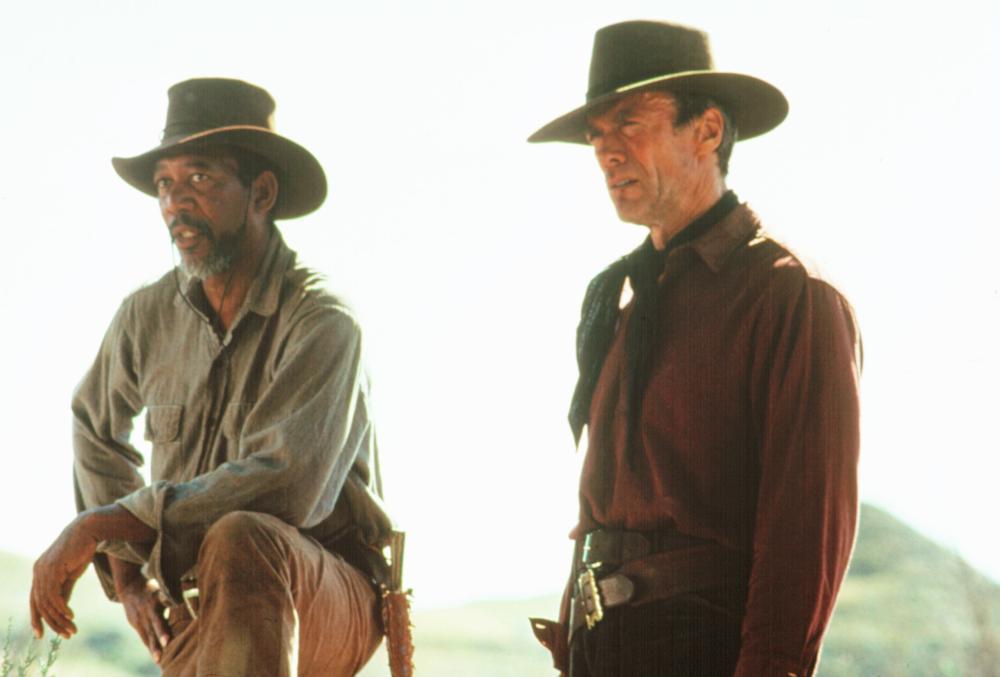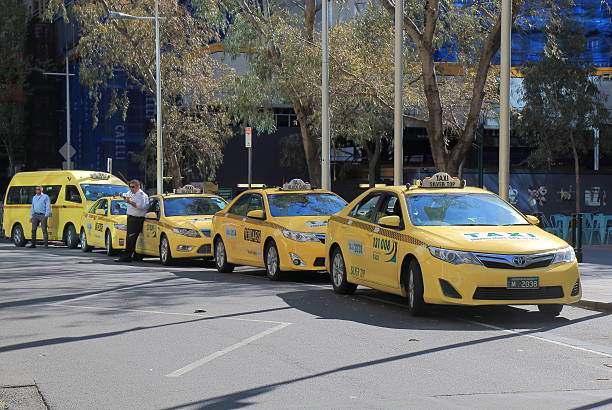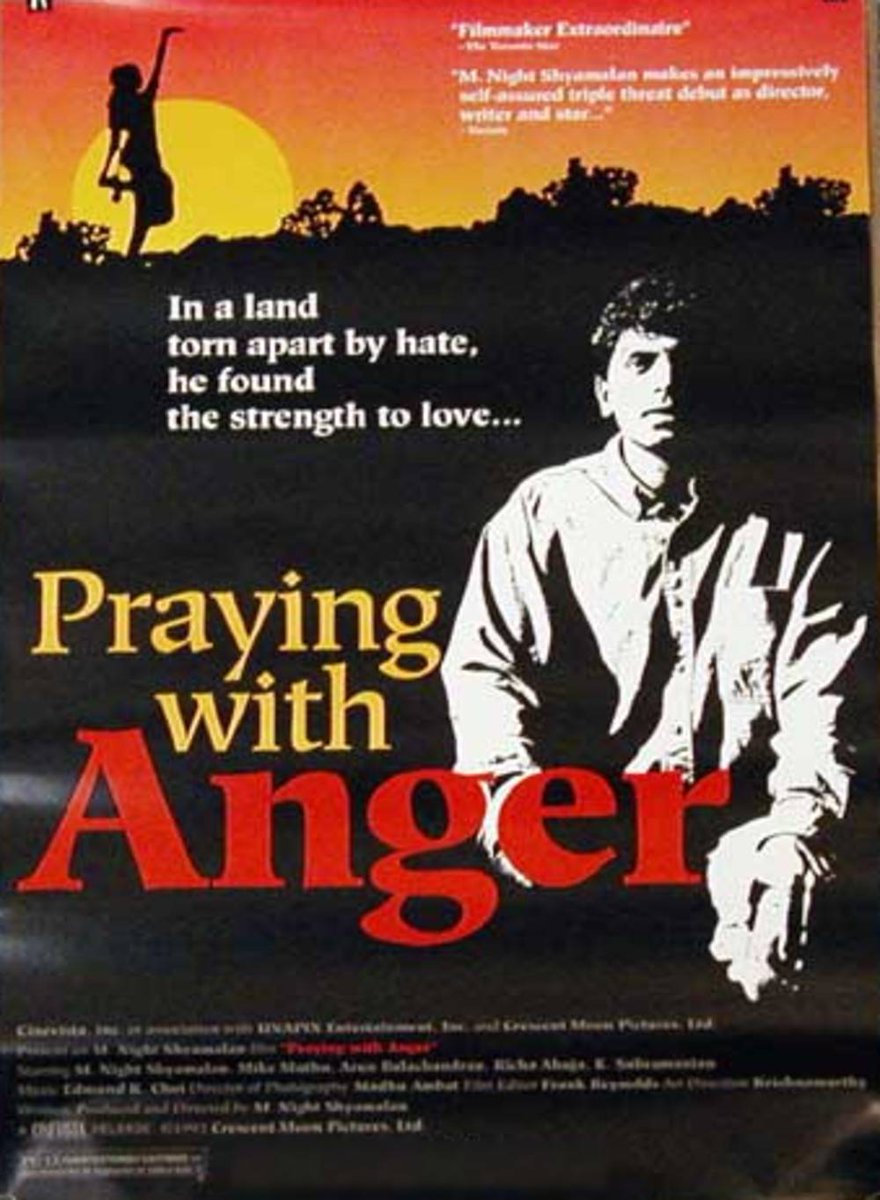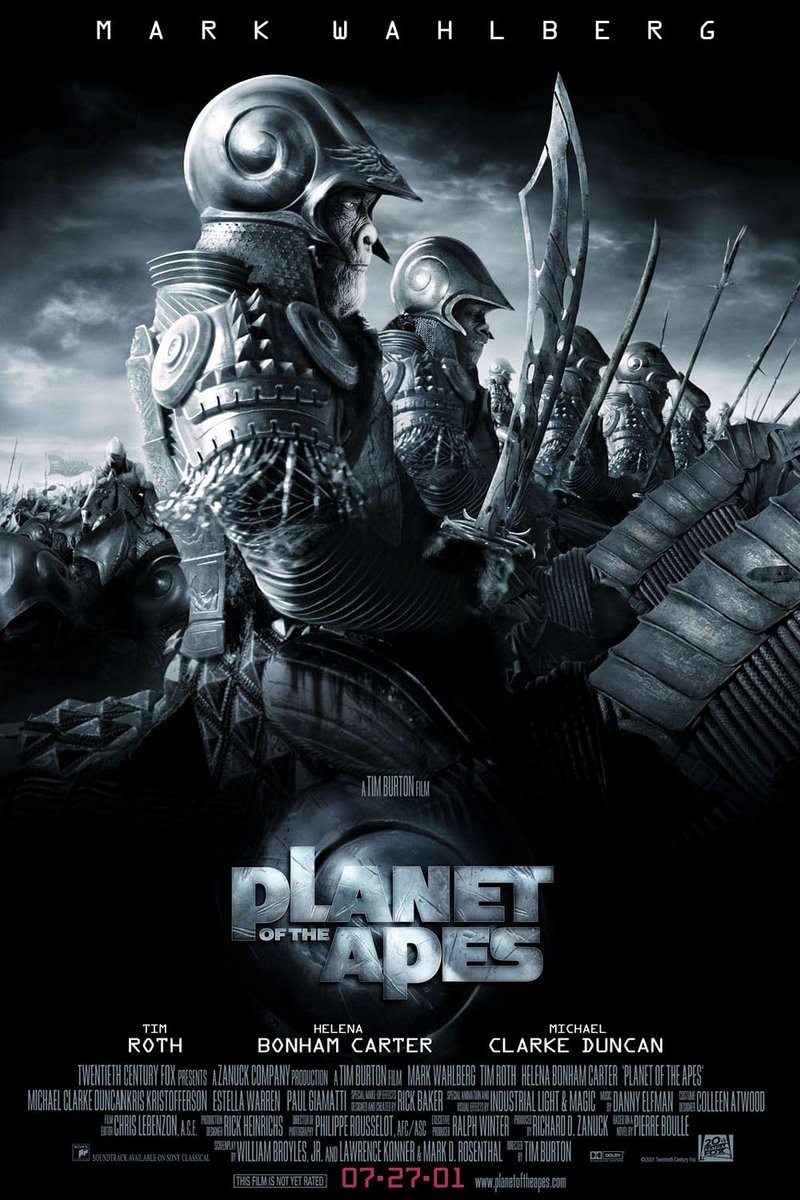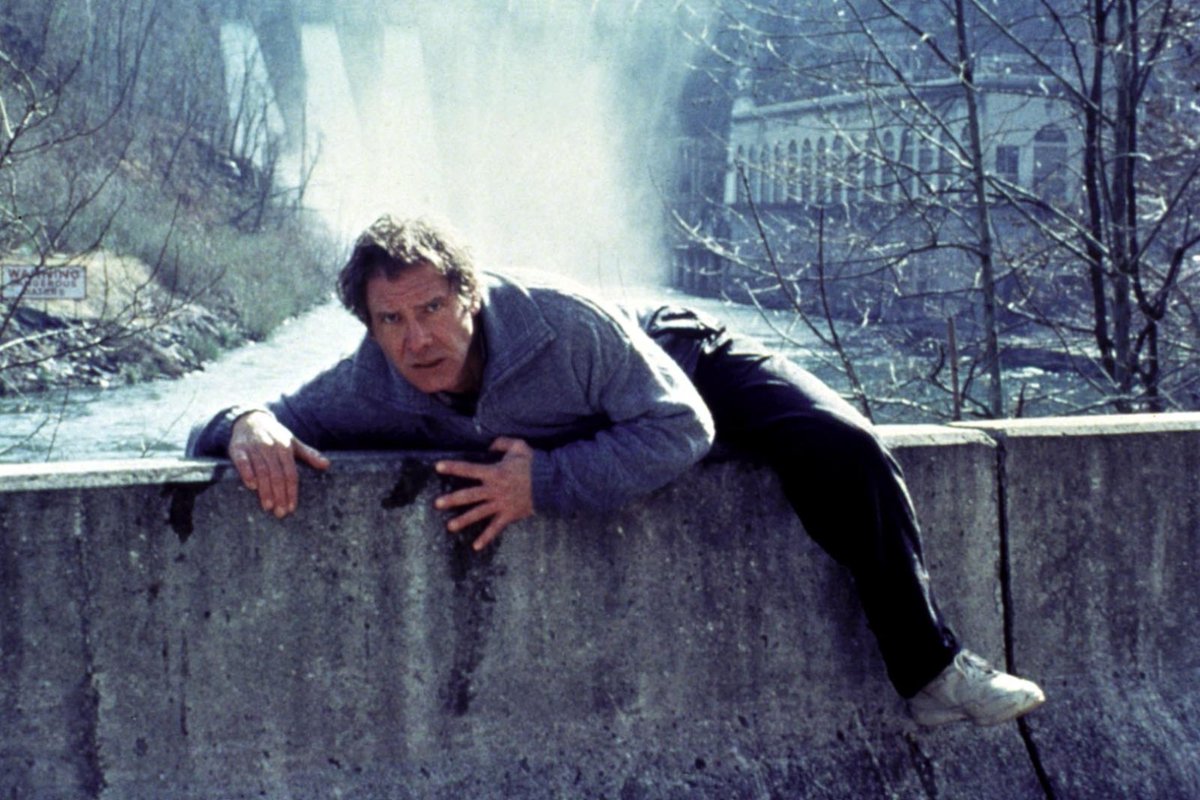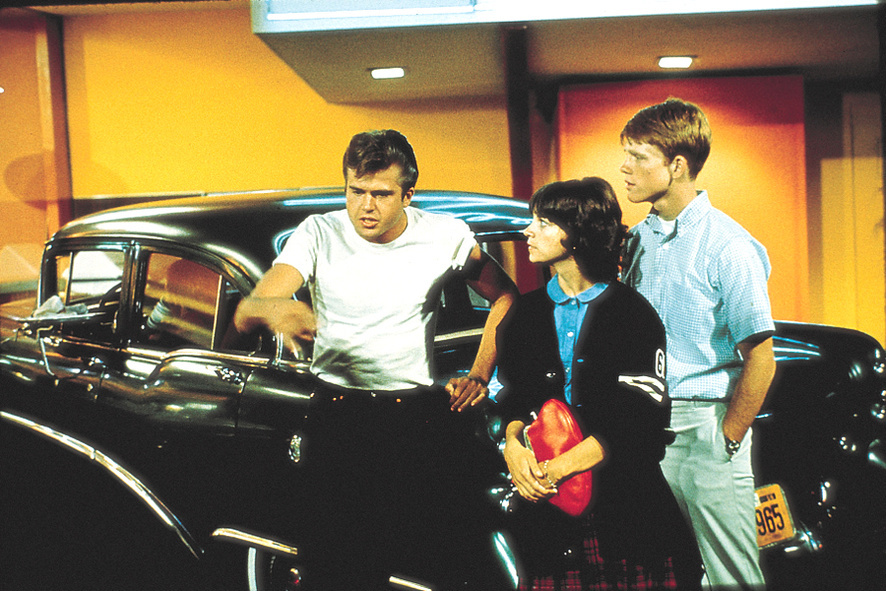APOCALYPSE NOW was released in the US 46 years ago today. Francis Ford Coppola’s magnum opus is considered by many to be the definitive Vietnam War film. The production of the film is one of the most unbelievable stories in Hollywood history.
1/55



1/55




John Milius wrote the original script for Apocalypse Now in 1969. He was partly inspired to write about Vietnam from his frustration at never fighting in a war. He volunteered for the Marine Corps but was rejected because of his asthma.
2/55


2/55



Instead, Milus went to USC film school where he met George Lucas. His professor at USC claimed that no-one had ever perfected a screen adaptation of Joseph Conrad’s novella, Heart Of Darkness. Milius combined these two elements to devastating effect with his screenplay.
3/55


3/55



Early drafts of the screenplay, which ran at over 1000 pages at one point, was named The Psychedelic Soldier. He later changed it to Apocalypse Now, a play on badges worn by hippies at the time which read Nirvana Now.
4/55

4/55


George Lucas was originally set to direct, produced by his and Coppola’s production company, American Zoetrope. Lucas conceived it as a fake documentary and was going to film it on 16mm, capturing actual footage of US soldiers in Vietnam, while the war was still ongoing.
5/55


5/55



The production languished and, when it came to the crunch, Lucas decided to follow his heart and direct a little film called Star Wars. He gave his blessing for Coppola to jump into the director’s chair.
6/55

6/55


Coppola said about Lucas not directing "I think Star Wars, it's a pity, because George Lucas was a very experimental crazy guy and he got lost in this big production and never got out of it."
7/55

7/55


No studios were willing to fund the film because of the setting. This threw Coppola into a blind rage, and he threw all 5 of his Oscar’s out the window. Eventually, Coppola self-funded the entire original budget of $13 million.
8/55

8/55


Coppola met with the president of the Philippines, Ferdinand Marcos, who agreed to loan him army helicopters for the film. Shooting began in the Philippines in spring 1976, the location was chosen because of its similar terrain to Vietnam.
9/55



9/55




Prior to leaving, Coppola’s friend and mentor, Roger Corman, gave him some simple advice, “don’t go.” Shooting was scheduled for 6 weeks, but production was plagued with troubles and it ended up taking 16 months.
10/55


10/55



Some of the events that extended the shoot were:
· Malaria ran riot through the cast and crew
· The Filipino war halted production
· Typhoon Olga ripped through the entire set, destroying everything in its wake
· Coppola had an epileptic seizure and a nervous breakdown
11/55

· Malaria ran riot through the cast and crew
· The Filipino war halted production
· Typhoon Olga ripped through the entire set, destroying everything in its wake
· Coppola had an epileptic seizure and a nervous breakdown
11/55


The budget ballooned, forcing Coppola to go to United Artists for an additional $18 million. They paid up but insisted on Coppola putting up his house and his Napa Valley winery as collateral at 7% interest, this rose to 29% by the time of the film’s release.
12/55


12/55



Martin Sheen wasn’t Coppola original choice to play Willard. Al Pacino declined, saying that he didn’t want to spend months in a swamp. Steve McQueen turned down the part because he didn’t want to film in a real jungle. Other names considered were James Caan & Jack Nicholson.
13/55



13/55




Coppola eventually cast Harvey Keitel for the role of Willard, who spent 1 week on set before he was fired because his performance “wasn’t introspective enough.” This paved the way for Sheen to come on board, although Nick Nolte thought the part was his when Keitel left.
14/55


14/55



Sheen was in bad shape on the set of Apocalypse Now, booze and drugs had sent him to the brink and he insisted on being drunk in the hotel room scene at the beginning. He felt that if the cameras were rolling, he would be able to confront his demons and get to the route cause.
15/55



15/55




The scene was shot on Sheen’s 36th birthday. Unfortunately, he sliced his hand open when he punched the mirror. This was real glass, not a prop mirror and that is what we see in the film. That’s real blood.
16/55
16/55
The legend is that Sheen went crazy and tried to attack Coppola during this scene. A member of the crew remembered differently. He claimed that Coppola was abusive to Sheen, exploiting his vulnerabilities by telling him “you're evil. I want all the evil in you to come out.”
17/55



17/55




When the typhoon destroyed the set, it gave Sheen some recuperation time back home in America. He was reluctant to return and confided to a friend before going back to the Philippines “I don't know if I am going to live through this. Those f***ers are crazy.”
18/55



18/55




When Sheen went back to the Philippines, a combination of drink, drugs and malaria effected his already fragile state and he had a heart attack. He was on his own at the time and had to crawl half a mile where he was picked up by a community bus.
19/55
19/55
During his recovery time, Sheen’s brother, Joe Estevez, stood in for him. In post-production, Coppola needed Sheen to record his voiceover, something that Coppola only decided the film needed in post. He wasn’t available so Coppola brought Joe in to record the voiceover.
20/55
20/55
Harrison Ford has a small role as Colonel Lucas, a nod to George Lucas. His scenes were filmed before he became a mega star playing Han Solo in Star Wars (1977), but the film was released 2 years afterwards.
21/55

21/55


Ford was so nervous during filming that Coppola added in the moment when he drops the dossier that he hands to Willard, as a way to channel his actual acting nerves into the character.
22/55
22/55
Regarding the Ride of the Valkyries scene, Roger Ebert said “It does not say that war is hell. It says that war is insane.” The scene took a whole year to edit and the footage in its entirety was around 130,000 feet of film, almost 10% of the whole film.
23/55


23/55



Laurence Fishburne plays Tyrone "Mr. Clean" Miller in the film; at the time of filming, he was only 14. He lied about his age saying he was 16 because he couldn’t legally take the role. By the time the film was released, he was actually 17.
24/55

24/55


A real tiger was used for the jungle scene with Chef and Willard. They got the tiger to run and attack them because, on the ground they had a pig tied to a rope. They pulled the pig along the ground for the tiger to rush it because it hadn't eaten for a week.
25/55
25/55
To light the Do Lung Bridge scene, cinematographer Vittorio Storaro instructed electricians, through walkie talkies in huge towers around the area, where to aim the light. Storaro got special effects co-ordinator, Joe Lombardi, to create explosions where more light was needed.
26/55


26/55



Storaro initially declined the offer to be DP on the film, he didn’t want to get in the way of Coppola’s relationship with Gordon Willis (DP on the Godfather films). It was only after Willis spoke to Storaro and told him that he was never part of the project, that he accepted.
27/55


27/55



Walter Murch was sound editor on the film. Coppola wanted a sound design to match his vision, for it to be as immersive as the visuals. At the time, traditional cinema sound had 3 channels behind the screen: left, right and centre and one mono surround track behind the audience.
28/55

28/55


Murch expanded this to 6 audio tracks: the 3 behind the screen, 2 stereo surround tracks to capture the sounds of the helicopters and 1 subwoofer track. Known as 5.1 surround, it became industry standard and is still used in cinemas and home theatre today.
29/55
29/55
Martin Sheen’s wife was concerned about the working conditions at the Kurtz compound. There were dead rats on set which production designer Dean Tavoularis used for authenticity. But things got worse when co-producer Gray Frederickson made a shocking discovery.
30/55


30/55



Tavoularis took Frederickson into a storage unit where there were rows of dead bodies lined up. Frederickson was understandably upset saying “you guys are f***ing nuts, where did all these come from, we’ve gotta get rid of these immediately”.
31/55

31/55


Tavoularis argued that they’d give the film the authenticity it needed “we can have them hanging from trees, upside down.” Tavoularis got them off a guy who supplied dead bodies to medical schools but the guy turned out to be a grave robber!
32/55

32/55


The police later turned up on set and took everyone’s passport, they thought they’d killed these people because the bodies were unidentified. In the end, the police found out the truth and the grave robber went to jail.
33/55


33/55



Dennis Hooper was originally set to play the part of Colby (Scott Glen), but when he got on set Coppola thought that he wasn’t right for the part. He made up Hopper’s character on the spot, inspired by the character known as The Russian in Conrad’s novella.
34/55



34/55




Hopper was a notorious hellraiser, Coppola asked him how he could help him with the character. Hopper’s reply was “an ounce of coke.” He got what he asked for, the budget for the film included Hopper’s drug intake.
35/55
35/55
The film has no opening or end credits. A graffiti slogan behind Hopper when Willard and the crew first arrive at the temple, reads ‘Our Motto: Apocalypse Now’. This had to be put in because legally, the film couldn’t be copywrited if the title wasn’t on show somewhere.
36/55

36/55


The character of Colonel Kurtz was envisioned as tall and slim, which is why Marlon Brando was cast as Kurtz. But when he showed up on set, he had ballooned in weight to 300 lbs, and hadn’t read Heart Of Darkness or the Apocalypse Now screenplay.
37/55

37/55


Coppola had to read him the screenplay and followed him around reading aloud Heart Of Darkness. This delayed production for a week, Hopper said "Nine-hundred people, the cast and crew, just sat and waited!"
38/55



38/55




Brando’s fee was $3 million for 3 weeks work, stipulating that he would only work on weekdays, and not past 5.30pm. In his 1st week, Brando refused to come on set, instead he regaled Coppola in conversations about anything and everything to avoid doing any work.
39/55



39/55




When they did get to talking about the film, Brando rejected all Coppola’s ideas, including being bald, like his character in the book. He startled everyone one morning when he arrived on set fully bald, having read the book the night before.
40/55


40/55



When it came to dialogue, Brando couldn’t remember anything from the script, so Coppola got him to improvise dialogue for days on end and recorded him doing it. Coppola then typed up pages of dialogue based on these ramblings and actual dialogue.
41/55

41/55


Brando was fitted with an earpiece during filming and Coppola would feed this dialogue to him when the cameras were rolling. To combat his weight, Coppola decided to shoot him dressed in all black and in the shadows.
42/55


42/55



Brando’s behaviour on set drove Coppola mad, he said he “was like a kid, very irresponsible”. Things got so bad that Coppola finally snapped and got the AD Jerry Ziesmer to shoot some of his scenes.
43/55



43/55




Coppola’s first choice to play Kurtz was another famous, or infamous, actor, Orson Welles. Brando was 2nd choice but he kept flip flopping so Coppola went to Pacino, Nicholson and Redford who all said no, this was all before Brando agreed.
44/55


44/55



At a New York screening of the film, playwright Tennessee Williams was asked what he thought of Brando’s $3 million dollar fee for the film, he replied “I think they paid him by the pound.”
45/55

45/55


Eleanor Coppola (Francis’ wife) was transfixed by the ritual of killing animals by the indigenous people in the area and forced FFC to come and take a look. He was so taken by it that he filmed the slaughter of the buffalo for the ending.
46/55


46/55



Controversy surrounds the buffalo slaughter scene, Coppola said "I didn’t direct it or anything, that was the way they do it. I'm not going to kill an animal for a movie; I'm not going to kill anything for any reason."
47/55


47/55



In the original ending, there was a huge battle with the Vietcong, with Kurtz and Willard buddying up, and Willard staying in Cambodia. Coppola didn't like the comic book, gung-ho ending which he felt was completely out of tone to the rest of the film.
48/55

48/55


Here’s Coppola talking at the Cannes Film Festival where Apocalypse Now finally premiered on 19th May 1979.
49/55
49/55
Coppola hadn’t finished editing and presented a 3-hour workprint version of Apocalypse Now at Cannes. Despite being rough around the edges, it was met with a rapturous and prolonged ovation and went on to win the coveted Palme d’Or, shared with the German film The Tin Drum.
50/55


50/55



Coppola had so much invested in the film; he was very cautious about unleashing it on a mainstream audience. He trimmed the 3-hour workprint version down to a more audience friendly 2 hours 33 minutes. He felt his original vision would be too weird to recoup its money
51/55



51/55




On a bloated budget of $31 million, Apocalypse Now returned an unexpected $86 million, which has risen to $150 million in the intervening years.
52/55



52/55




At awards season, Apocalypse Now won only 2 Oscars, Best Cinematography and Best Sound. Robert Duvall won for Best Supporting Actor and Coppola won Best Director at both the Golden Globes and the BAFTAs
53/55
53/55
In the years that followed there have been two further versions of Apocalypse Now. Redux was released in 2001 and ran for 3 hours 22 minutes. In 2019, Coppola removed around 20 minutes from the Redux version and he gave us Apocalypse Now Final Cut.
54/55

54/55


If you liked our making of story of APOCALYPSE NOW, please share the opening post.
https://x.com/ATRightMovies/status/1956338021852201412
Our latest podcast is on GROSSE POINTE BLANK. Full of big laughs and opinions so please give it a listen.
alltherightmovies.com/podcast/grosse…
alltherightmovies.com/podcast/grosse…
• • •
Missing some Tweet in this thread? You can try to
force a refresh









